Warm weather can still feel like something of an alien concept on these rain-swept isles.
High temperatures don't sound that bad, right – surely without the threat of snow and ice, the roads are safer? You might be confident driving in lashing rain or layers of snow, but hot summer weather can throw up unique challenges to catch unwary drivers out.
Hot-weather hazards like blinding sunshine and endless tree sap that can make seeing out tricky, along with the constant challenge of keeping everyone cool when you could cook an egg on the pavement.
How to drive in hot weather

Driving in hot weather requires three things – you must make sure your car is safe, keep everyone a comfortable temperature, and have a plan in case of emergency.
You'll notice these three things are actually necessary all-year round, so learning good practice for hot weather driving should prove just as useful during other seasons, too.
Is it safe to drive in hot weather?
Yes. It's generally safe to drive in hot weather and you shouldn't let high temperatures put you off using the roads. Hot and sunny conditions are a great opportunity to head out and explore the UK's many scenic locations, and a little preparation will make sure you don't get hot under the collar while behind the wheel.
Check your tyres

Summer shouldn't cause more mechanical problems than any other season, but you should always be mindful of the condition of your tyres. Especially if you're about to set off on a long journey.
Hot ambient temperatures can see tyre pressures increase, which might push your tyres above their happy operating window. Having too much pressure in your tyres can lead to reduced grip and excess wear, so make sure to check them using a pressure gauge or a pump at a petrol station.
Going from cold winter to hot summer weather also puts thermal stress on the tyre rubber, which can increase the risk of failure over time. If you spot any small cracks starting to form on the tyre's tread or sidewall, it's probably time to consider changing it for a fresh one.
Make sure you can see
A key ingredient for safe driving is the ability to see properly. Your view won't get blocked by snow, ice or condensation during the summer, but other factors can impact visibility from the driver's seat.
Check your windscreen
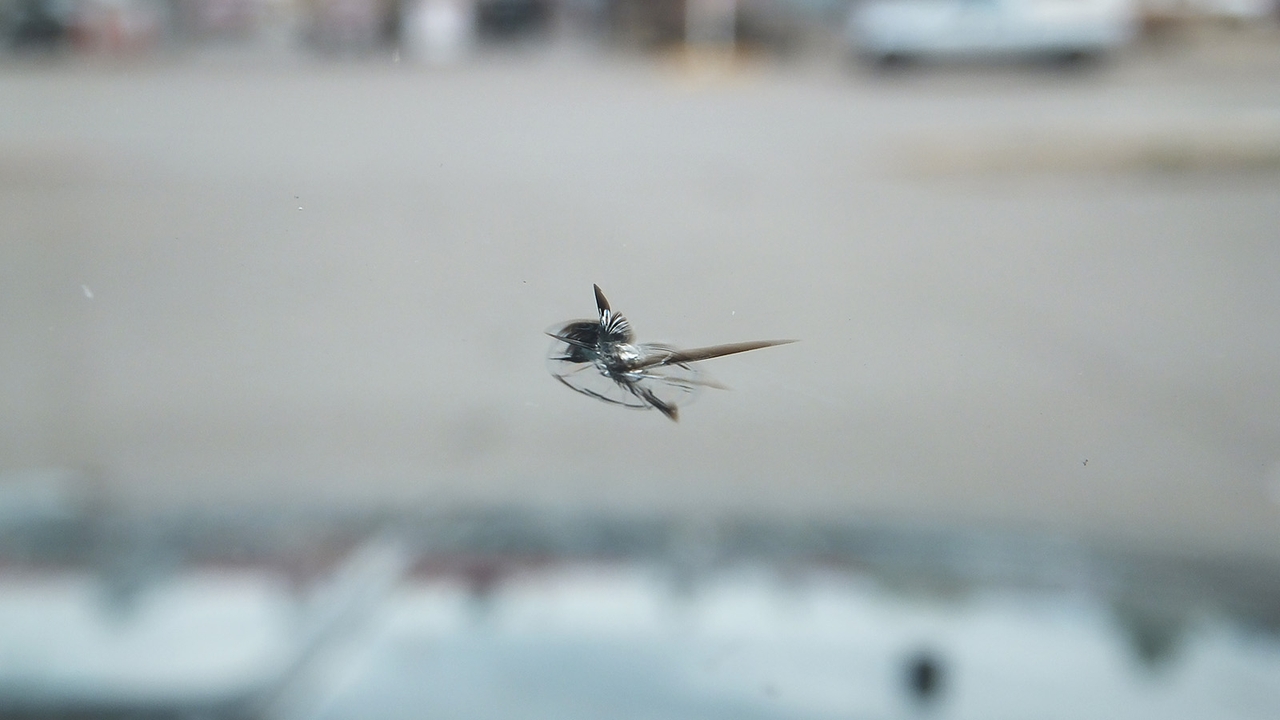
Bright sunshine leaves nowhere for chips, scratches and streaks on your windscreen to hide. The glaring light shows them up more obviously than ever and, if they're really bad, it can dangerously obscure your vision.
Minor windscreen damage can easily turn into a major crack if you hit a pothole, so it's much safer to get your windscreen repaired or replaced as soon as you notice a problem. Many insurers include windscreen cover in their policies, so you might find a hefty discount from your provider to get a damaged screen put right.
Keep your screenwash topped up
Rain might feel like a constant companion in the UK, but it's much less frequent in the summer. That's usually when you notice its absence, because now there's nothing periodically cleaning your windscreen of grime and dead insects. That means relying on your screenwash much more in the summer than you might in the winter, so why not set a reminder to keep it topped up.
Be wary of tree sap
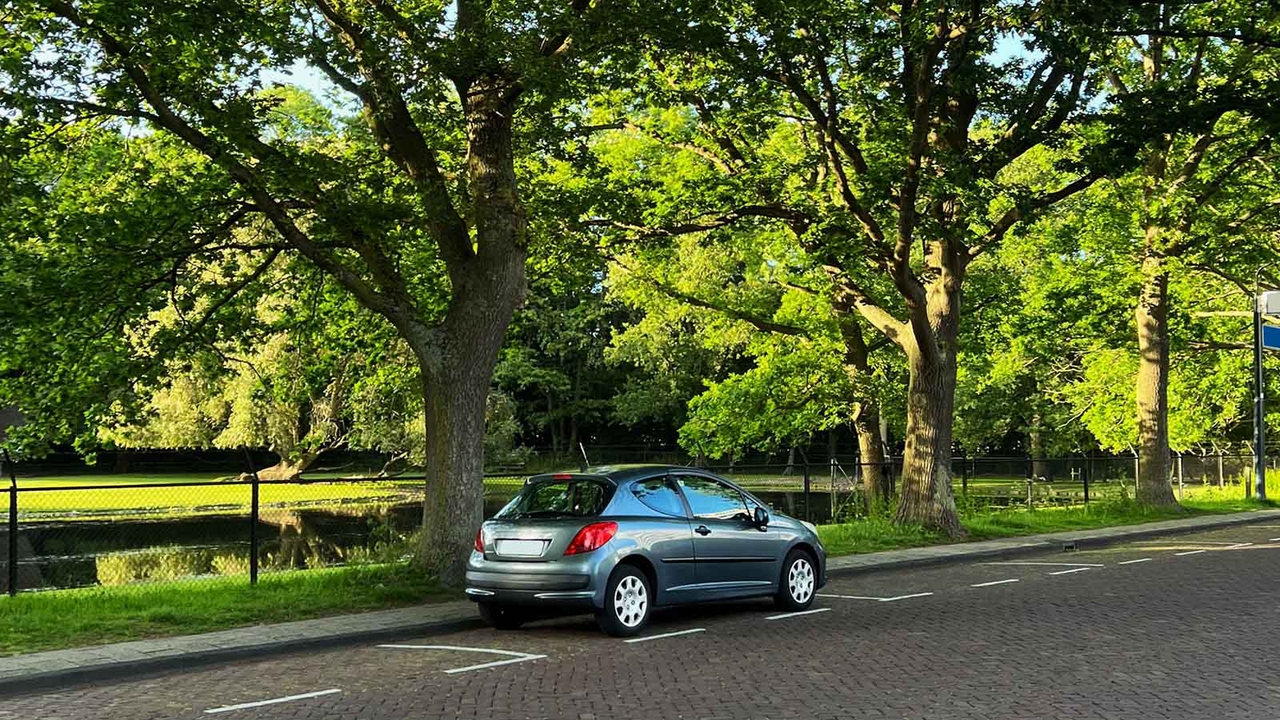
One reason we go through so much screenwash in the summer is because trees give off lots of sap during hotter months. Sap sticks like glue to your car's glass and bodywork, and can very quickly make it hard to see the road properly if you don't clean it off.
It's a good idea to avoid parking your car underneath trees if you can avoid it during the summer, as this'll reduce the amount of sap it's exposed to. Otherwise, you might want to get on first-name terms with your local car wash.
Keep a pair of sunglasses handy
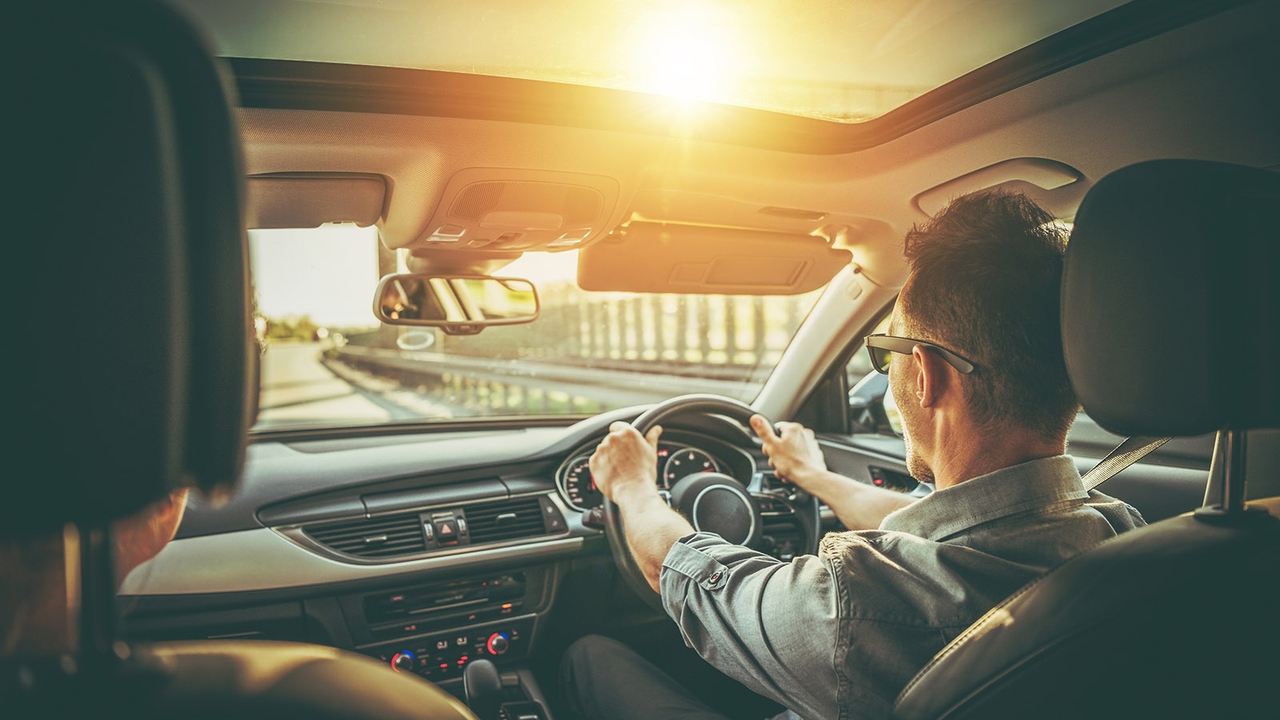
This is a great idea. Not only will you have protection for your eyes as soon as the sun starts glaring, but also means you can look like a cool cucumber at a moment's notice!
Bright sunshine can make it hard to look directly at the road or other cars as reflections flash off them. Sunglasses – even cheap, plasticky ones if you don't want to shell out for a pair of posh Ray Bans – are an easy way to keep your eyes safely on the road, so leave a pair in your glovebox for when the sun breaks through the clouds.
Use sunshades
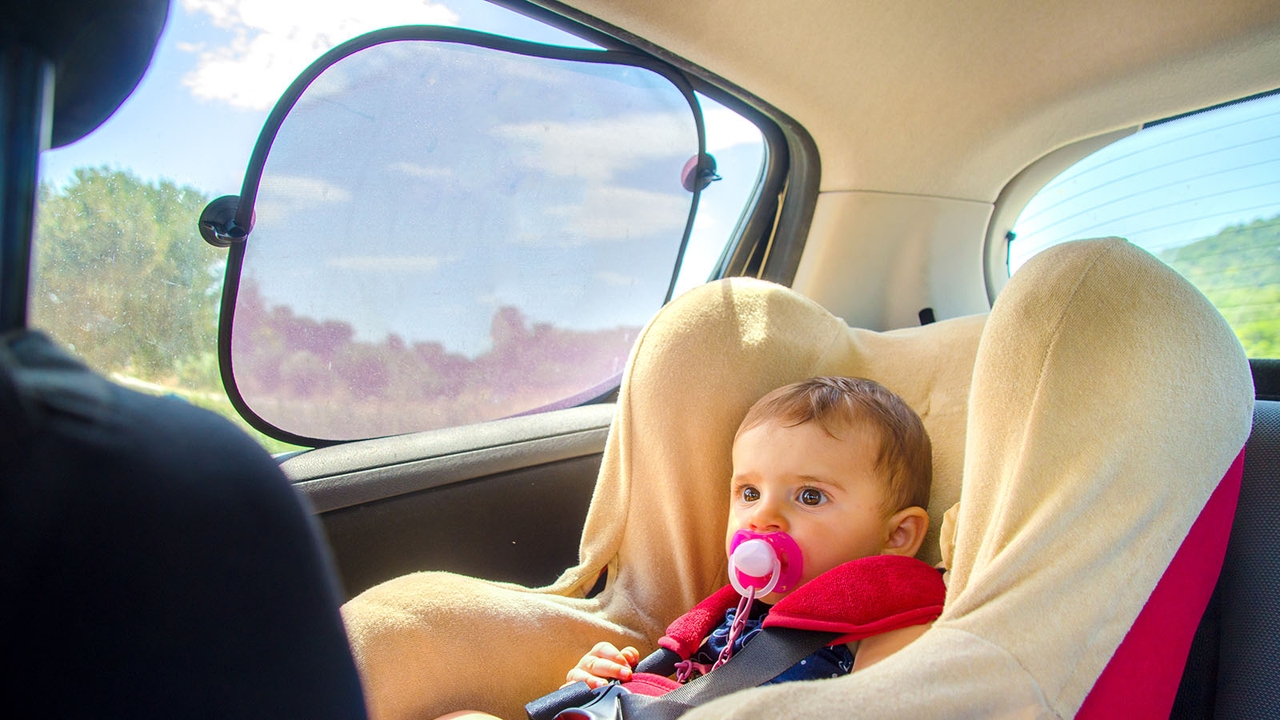
Chances are, your car already has a pair of sun visors mounted at the top of the windscreen. These can be folded down to help block out bright sunshine, and most can also be folded to the side if you're travelling at an angle from the sun.
You can also purchase removable sunshades for your side windows. These may use rubber suction cups to mount inside a window, or may drape over both sides of the window, and are made of a dense mesh that drastically reduces the amount of light that makes it into the car. These are especially great for children in the back seats because they keep cabin temperatures down and block glare from any screens they're using. Helps with nap times too!
Keep everyone cool
Now you can see clearly, we still need to battle the other challenge in hot weather – the heat itself. This is much more important for passengers, as they'll expire in hot weather long before your car does.
Use your air con

Air conditioning (A/C) is the first line of defence against hot weather and the majority of modern cars come with it as standard. This uses a system a little like your refrigerator to cool the incoming air before pumping it into the cabin. Basic or manual A/C usually just chills the cabin air a set amount, while more advanced climate control setups automatically regulate the A/C to hold the cabin at a set temperature.
It's a good idea to turn your car's A/C on briefly on a monthly basis – even during colder months – to keep the system running smoothly. You don't want to get to a heatwave and find out your air con is no longer working!
Open your windows if you don't have air con
If your car doesn't come with air conditioning, you'll need to use your windows instead to cool the cabin. Opening just one window can be effective to reduce interior temperatures but this tactic becomes more effective when you open two or more windows. This encourages air to flow through your car as you drive, carrying the hot cabin air away and drawing in fresher, cooler air.
Air con vs windows – which is more efficient?

Some drivers prefer having their windows down, others swear by their air con. Both options bring a small penalty in fuel consumption, but which option is better if you need to keep cool while running on fumes?
As a general rule, opening your windows is the more efficient option if you're driving at town speeds – up to around 30mph. At this speed, the extra aerodynamic drag caused by the open window is small enough that it'll have a minimal impact on economy.
As speeds rise, however, air conditioning becomes the more efficient option. Your car's engine has to spin a pump for your A/C to work, which leads to a small increase in fuel consumption. That small increase is outweighed, however, by the aerodynamic drag that an open window causes at motorway speeds, so A/C the more efficient option on faster roads.
Have a plan in case of emergency
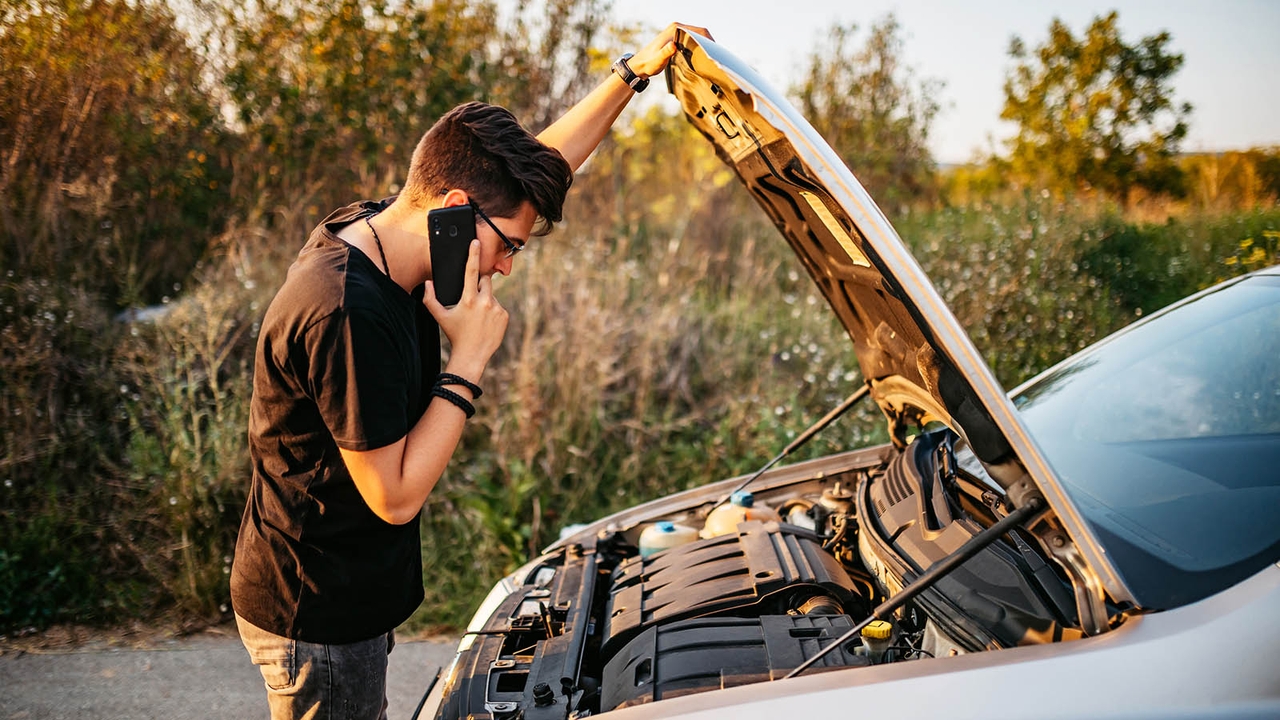
Summer driving is generally risk free but, like any time of year, there's always a tiny chance you could find yourself stranded if your car breaks down. Without the protection of your car's sunshades and air conditioning, you might have to face hot conditions for a while if you're waiting for a recovery truck. Making a few simple plans in case of emergency can help keep you safe should something go wrong.
Keeping a few bottles of water in your car is a good first step to battling the elements if you're stuck somewhere hot for an extended period. It's also a good idea to keep a portable phone charger on you if you need to call in a tow – batteries don't tend to last as long in the heat so having some extra electrons to hand can save you a headache down the line.
Is driving in hot weather bad for your car?
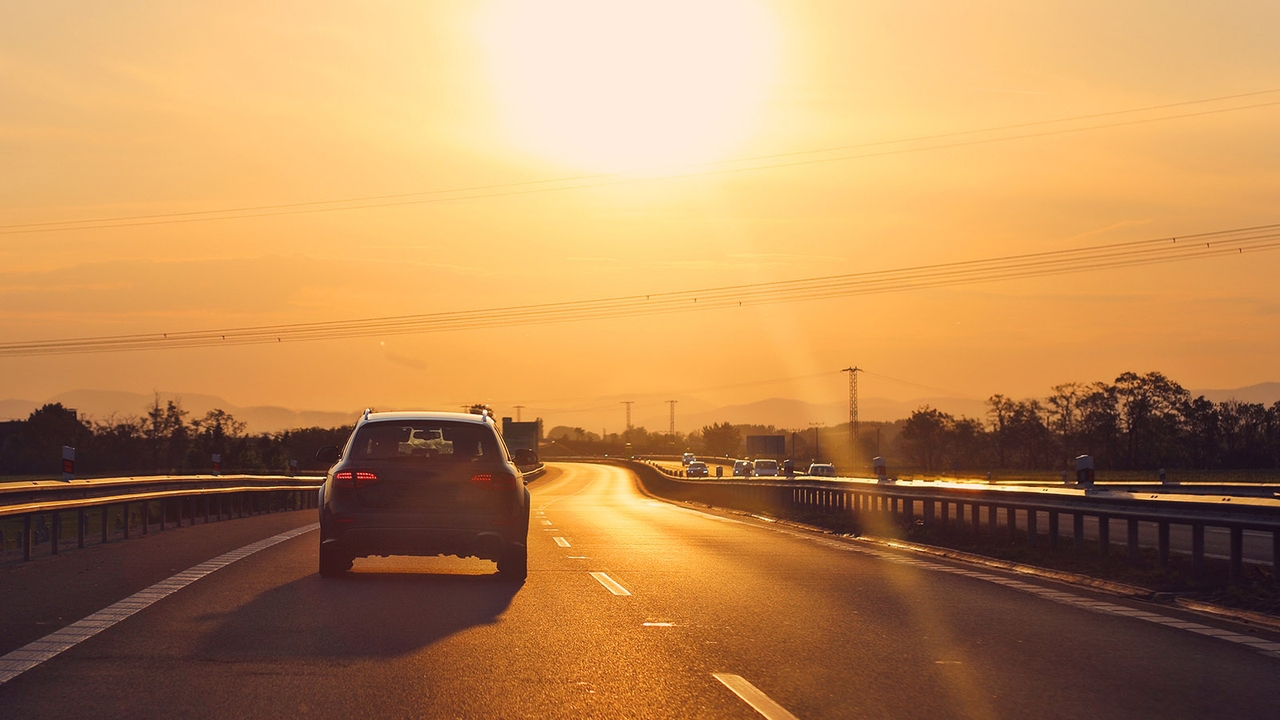
No. Manufacturers test cars to destruction in some of the most extreme environments they can simulate. This means you can be confident your car is going to work reliably all-year round regardless of what Mother Nature throws at you – even the rare occasions we get hot temperatures in the UK!
A factor you'll need to be especially aware of in summer, however, is tree sap. This sticky substance glues itself to your car's glass and bodywork. In the short term, it can make seeing out your windows tricky but, if you don't clean it off, sap can damage your car's paint and require expensive repairs to put right.
Keep cool in a great-value used car
Check out Motorpoint's huge selection of used cars, all with warranty cover and the lowest prices guaranteed. For more seasonal driving advice, take a look at our guides to driving in icy conditions and what to do when aquaplaning. To really make the most of the hot weather, see our picks for the best convertible cars you can buy.




































